Last updated on March 22, 2024
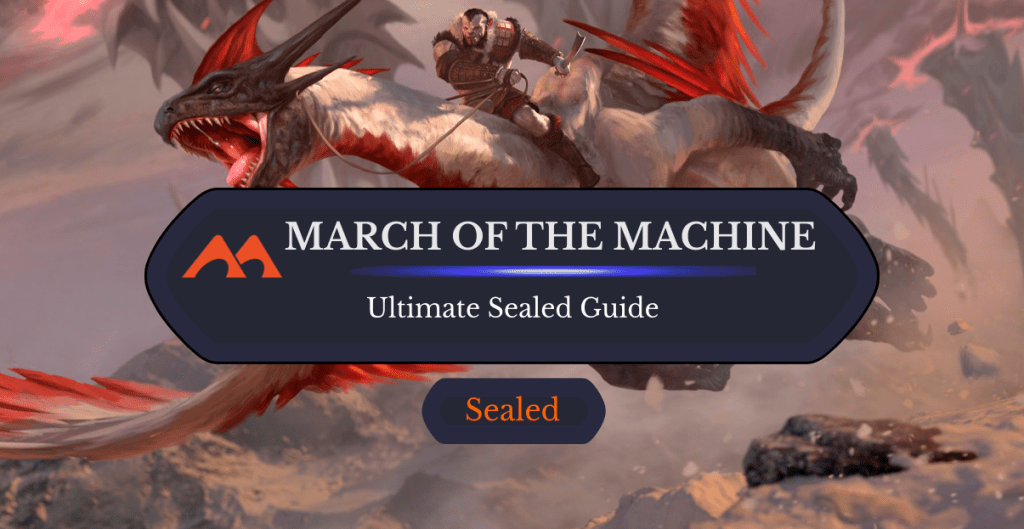
Zurgo and Ojutai |Illustration by Daarken
March of the Machine prereleases have started, and with this guide you won’t have to take on the Phyrexian menace alone. Expect a broad writeup covering the set’s mechanics, colors, archetypes, bombs, and more.
Let’s march!
Mechanics
New Card Type: Battles
If you were paying close attention to Atraxa, Grand Unifier (not that Standard players have a choice!), you might have noticed the word “battle” in parentheses. Just as Tarmogoyf foreshadowed planeswalkers, Atraxa, Grand Unifier was foreshadowing the first new card type in 16 years!
So… what actually are battles? Well, in practical terms, a battle is a noncreature permanent that’s cast at sorcery speed, Invasion of Innistrad being the sole exception. As your battle enters the battlefield, you choose an opponent to protect it. Though the battle stays under your control, you can attack and target it with spells as though it were a planeswalker controlled by said opponent.
Your reward for doing so is that, once the battle is “defeated,” it’s exiled and then you cast it from exile transformed. All battles enter with a default number of “defense counters” on them, which are shown at the bottom left of the card, much like planeswalkers and loyalty counters.
Another important aspect of battles is that they all have ETB triggers. So you’re always doing two things when you cast a battle:
- Getting ETB value (i.e., I cast Invasion of Dominaria and gain four life/draw a card), and;
- Setting up a sub game that you can optionally pursue for value (i.e., trying to deal four to your opponent so that you can cast a free Serra Faithkeeper).
What Colors Have Battles?
All the colors have battles! There are 36 battles in the set: 20 uncommons, 11 rares, and 5 mythics. Every color has two uncommon battles, and every color pair has an uncommon one. The rares and mythics are spread out fairly evenly across the colors as well.
More on Battles
I expect battles to have major gameplay ramifications for the format, so I wanted to theorycraft at length about what kind of incentives battles create and how I think they’ll play out.
Let’s start by learning how to evaluate a battle card using Invasion of Belenon as our example:
- The floor for Invasion of Belenon is for a 2/2 knight with vigilance. In this worst case scenario you’re behind and never get to attack the battle itself, meaning all you get is a bad rate creature.
- A better but still bad scenario would be getting the token, but failing to flip the battle on a reasonable timeframe because your opponent puts up fat blockers. Eventually flipping it costs you a creature because you have to suicide into blockers for the Glorious Anthem.
- An average scenario would be getting the token, then eventually flipping the battle after a few attacks. Those attacks lead to a couple mediocre creature trades that you accept for the Glorious Anthem.
- The best case scenario would be playing this, getting the token, and then easily flipping it via combat, or a damage-dealing spell. Your opponent still might have “gained five life,” but you got a token and Glorious Anthem for just !
These crude examples should go to show you that battles as a card type have considerable variance to them. You can think of their basic gameplay loop as “I give my opponent a hostage that they can choose to protect to deny me a powerful free spell.”
Let’s try to better conceptualize battles by exploring some of the incentives that they create:
- Battles might make games of MOM go longer than average. If players are stopping their count to 20 to attack battles, then their opponents are in a sense “gaining X life,” where X is the number of defense counters on a battle.
- Battles allow you to accrue value through successful combat steps. If you get out ahead of your opponent, you can set up battles and then flip them without sacrificing too much cardboard.
- In this sense, battles make cheap creatures, evasive creatures, and combat tricks slightly better.
- Defensive creatures like Expedition Lookout, Furtive Analyst, and Saibo Cryptomancer can stop your opponent from flipping their battles, but won’t be of much use in flipping yours.
- Going wide can be an effective way to win battles or protect them, which overlaps nicely with the convoke mechanic (covered below).
Finally, you can evaluate battles for your deck by asking yourself a couple questions:
- How good is the base ETB rate, both in general and for your deck?
- How strong is the backside?
- How likely are you to flip this on time?
- Do you have any ways to flip your battle(s) prematurely? (i.e., Shatter the Source)
Incubate

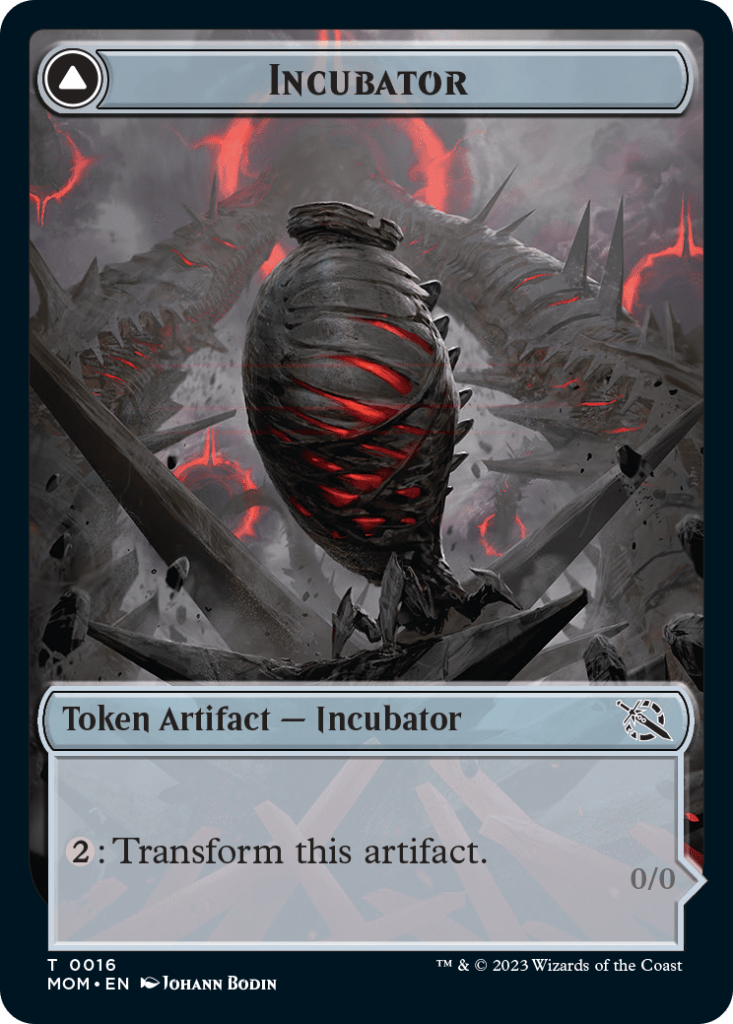
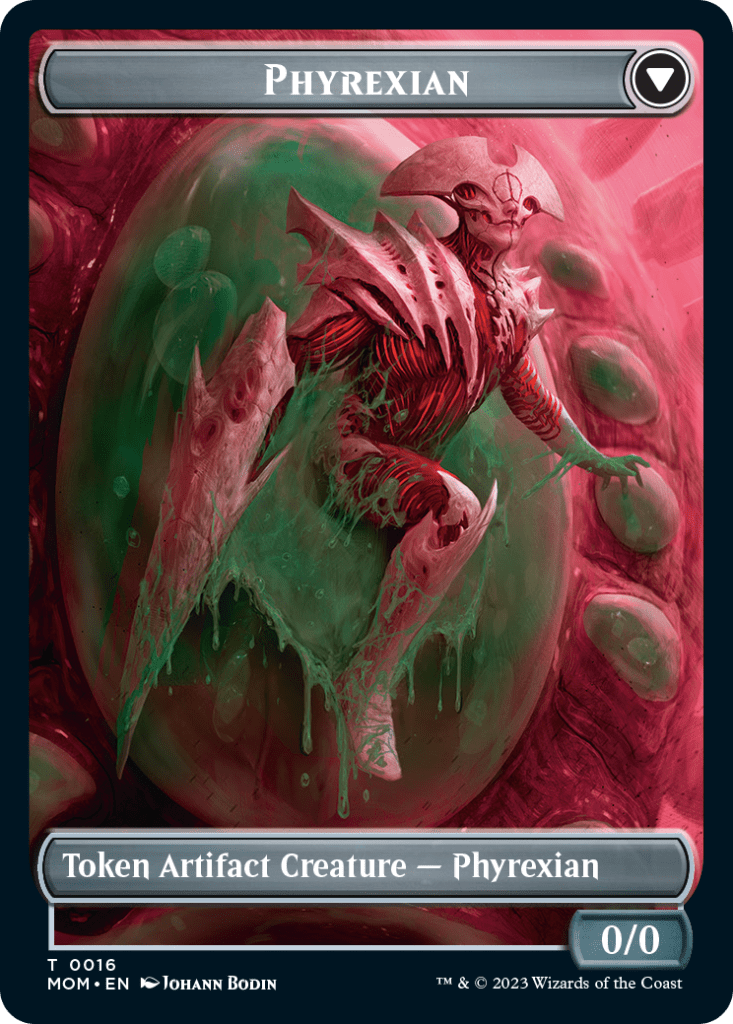
Believe it or not, this set does have mechanics besides battles! The first of these is incubate, which plays off a new kind of resource: the Incubator token.
An Incubator token is a noncreature artifact that’s created when you incubate N. You’ll then put X +1/+1 counters on that token, which has “(2): Transform this artifact. It transforms into a 0/0 Phyrexian artifact creature.” These tokens are the first double-faced tokens ever printed, and accompany a rule change that makes transforming tokens possible in the first place.
Incubate is one of the set’s primary mana sinks, and appears in every color in the set. It’s a core mechanic for Simic (), Selesnya (), and Golgari ().
Backup
Backup is a proactive ETB mechanic that appears in every color but blue (barring Saiba Cryptomancer), although it’s more common in white.
Backup creatures put one or two counters (based on backup X) on target creature, then give that creature their other abilities until end of turn. Most common backup creatures give simple boosts like flying (Golden-Scale Aeronaut), lifelink (Consuming Aetherborn), and vigilance (Sigiled Sentinel). Higher rarity backups give more powerful or more complicated effects.
Backup plays best in an aggressive deck with a lean mana curve so that you can grant abilities that push past blockers. But backup creatures can target themselves, meaning their floor is always just themselves plus a 1/1 counter. Backup is a core mechanic for Boros () and Selesnya in Draft.
Convoke
Convoke is the final mechanic to cover in MOM, and was last seen in Standard with Guilds of Ravnica. Convoke spells are unique in that your creatures can “help you cast them” by tapping for , or any mana of that creature’s color. It incentivizes going wide and finding ways to generate 1/1 tokens to help power out big spells.
Convoke appears primarily in Izzet () but has cards in every color but green (except for Ancient Imperiosaur).
Format Overview
March of the Machine is a jam-packed set with a lot going on! The core mechanics seem proactive and imply fiercely contested board states. On the other hand battles, splashy rares, lots of multicolor cards, and good mana fixing support slower, haymaker heavy gameplay.
Expect dynamic gameplay, and try to build your deck with a solid, synergistic gameplan.
Pack Composition
One of the unique things about MOM is that it has an unusual pack structure. Every draft booster of MOM comes with the following cards:
- 1 rare or mythic
- 1 Multiverse Legends card
- 1 non-battle double-faced card
- 1 battle card
- 8-9 commons (can be a random foil of any rarity)
- 3-5 uncommons
Packs are locked in at two rares per pack (foils could mean three). This unique pack structure makes battles more common, sets up a couple of the set's themes, and lets you play with Multiverse Legends. If you’re trying to judge what’s been removed from a pack so far, always remember this set’s unique pack structure.
Multiverse Legends?
Multiverse Legends are a pre-curated card pool of 65 legendary creatures from past sets that appear at uncommon, rare, and mythic. These legends vary immensely in quality, ranging from mediocre creatures like Kwende, Pride of Femeref and Inga Rune-Eyes to mega bombs like Elesh Norn, Grand Cenobite and Aurelia, the Warleader.
It’s also notable that all 10 of Ikoria’s companions are included.
Color Identity
The colors in this set seem much closer in function than most sets. As I mentioned above, battles, incubate, and backup appear in all colors at common. Convoke doesn’t really appear in green, but gets common and uncommon representation everywhere else.
This fluidity makes low-end cards feel more replaceable and incentivizes following multicolor cards to give your deck direction.
White
White is primarily an aggressive color in MOM. It has four commons with backup, two creatures that wear counters well (Alabaster Host Sanctifier and Kithkin Billyrider), and ways to push damage like Aerial Boost and Inspired Charge. White’s best offerings for a more controlling deck are Alabaster Host Intercessor, Cut Short, and Realmbreaker's Grasp.
My picks for white’s top four commons are:
#4. Realmbreaker’s Grasp

Realmbreaker's Grasp (was awesome in ONE and should still be good, but it seems more vulnerable in this set thanks to Scrollshift, sacrifice effects, and Sunder the Gateway.
#3. Sunder the Gateway

Sunder the Gateway is a bear at worst that also 2-for-1s when it kills a Realmbreaker's Grasp. Seems solid.
#2. Bola Slinger
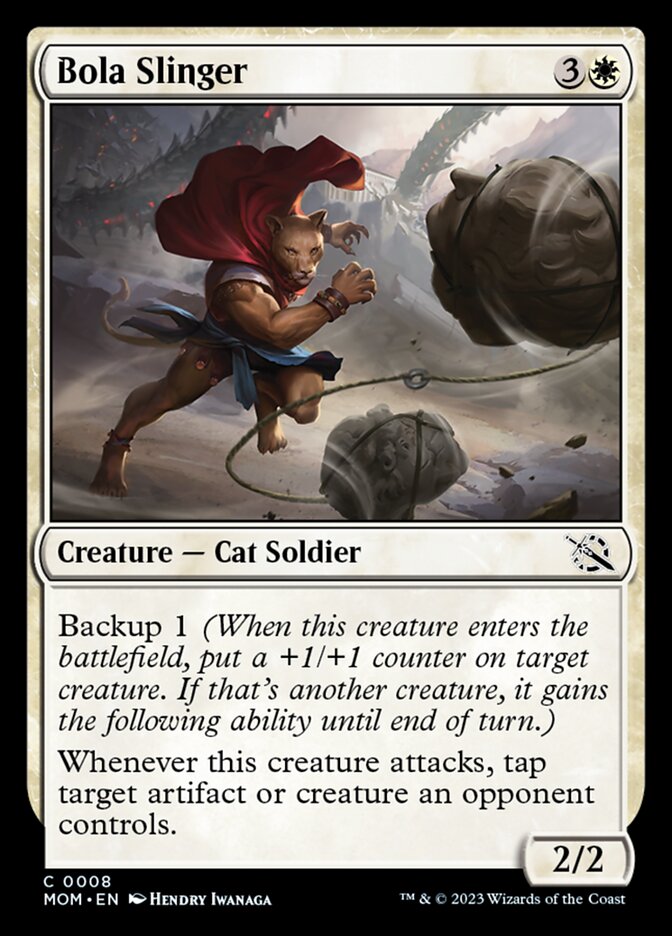
Bola Slinger is a strong aggressive creature that pushes through blockers, both the turn you play it and afterwards.
#1. Alabaster Host Intercessor

Alabaster Host Intercessor is an interesting common Banisher Priest. It’s expensive but has good toughness and cycles when needed. Every deck should want one or two copies.
Blue
Blue is mostly a controlling color in this set. Its main themes are convoke and self-mill. It isn’t the best at making tokens for convoke (just Preening Champion at common), but it has a number of rewards for doing so.
My picks for blue’s top four commons are:
#4. Stasis Field
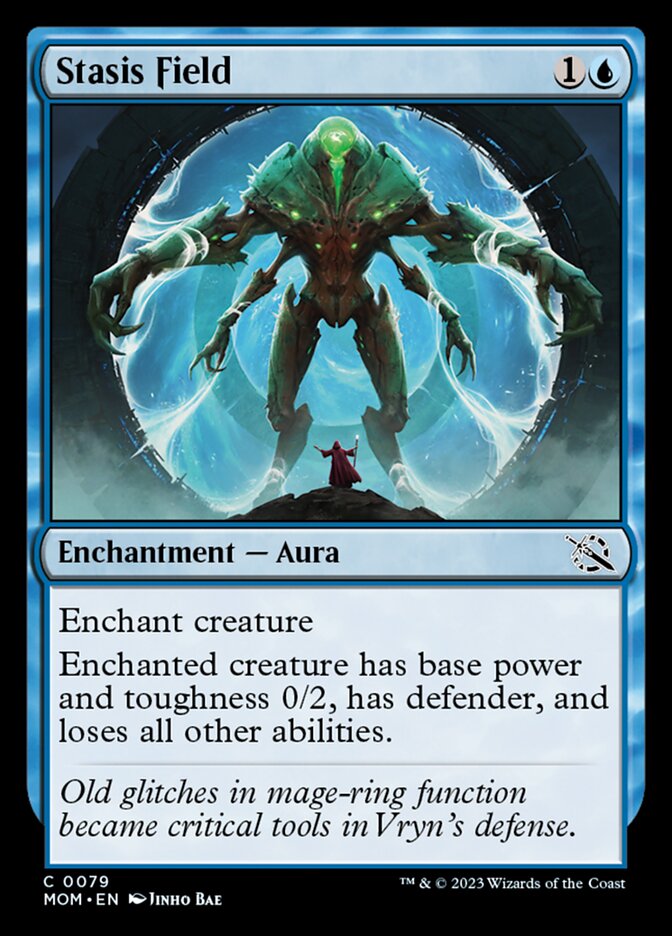
Stasis Field has some of the same potential issues as Realmbreaker's Grasp, but nullifying abilities is big game against so many powerful legendary creatures.
#3. Eyes of Gitaxias

Eyes of Gitaxias is willing to be wrong about this one, but 2-for-1s are valuable and this looks like a good one. and then is much easier to pay for than .
#2. Assimilate Essence
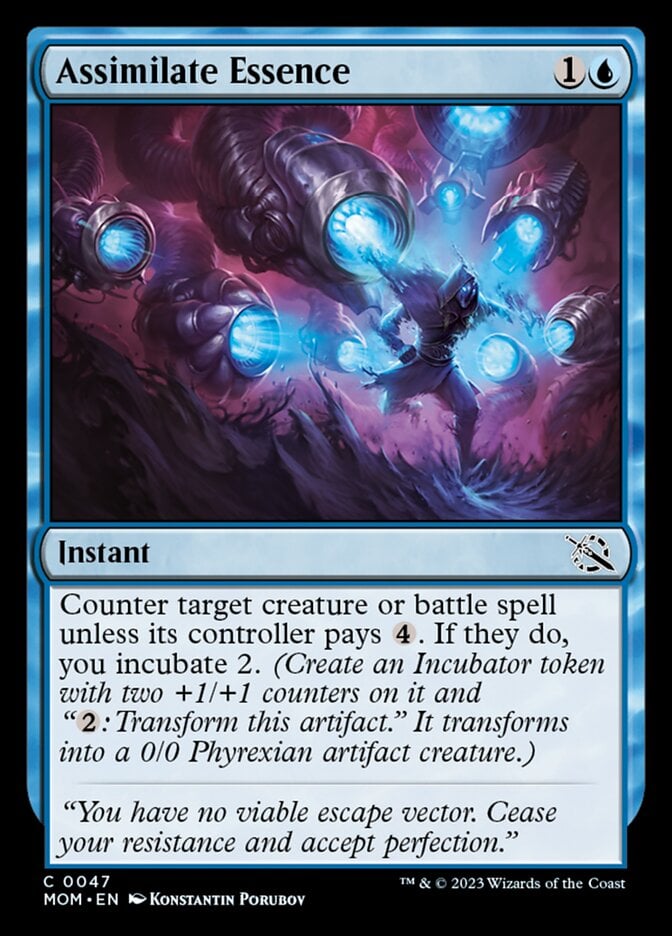
Assimilate Essence is cheap and relevant countermagic that doesn’t go entirely dead late game thanks to the incubate 2 upside.
#1. Preening Champion
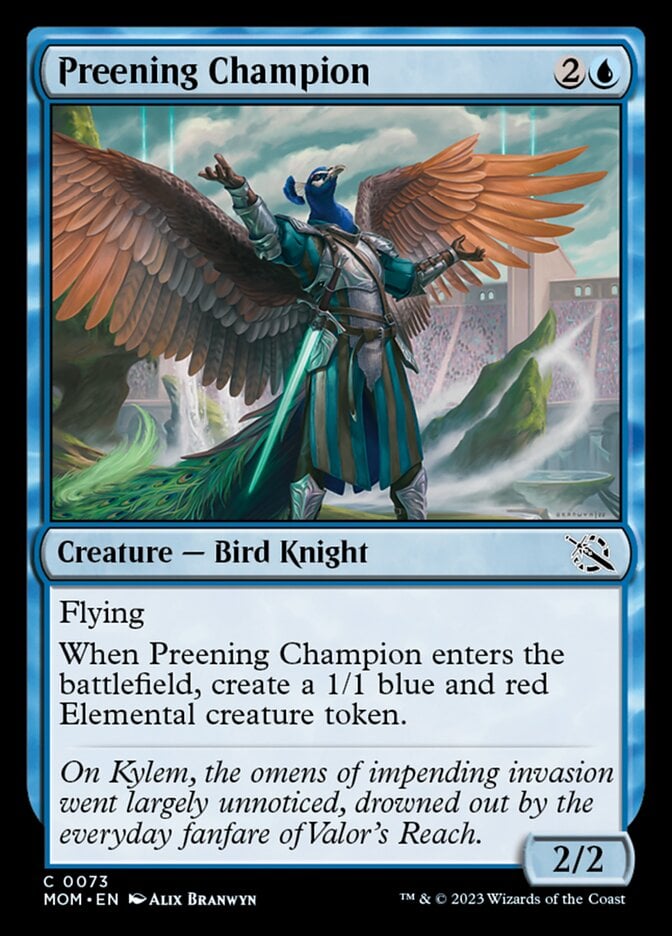
Wind Drake now comes with a free 1/1 apparently, so enjoy this power creep and convoke synergy!
Black
Black is another more controlling color that offers removal, sacrifice synergies, and graveyard synergies. It appears to me to be the strongest color in MOM. It has the best common in the set (Deadly Derision) and lots of other strong common too.
My top four picks for those are:
#4. Traumatic Revelation
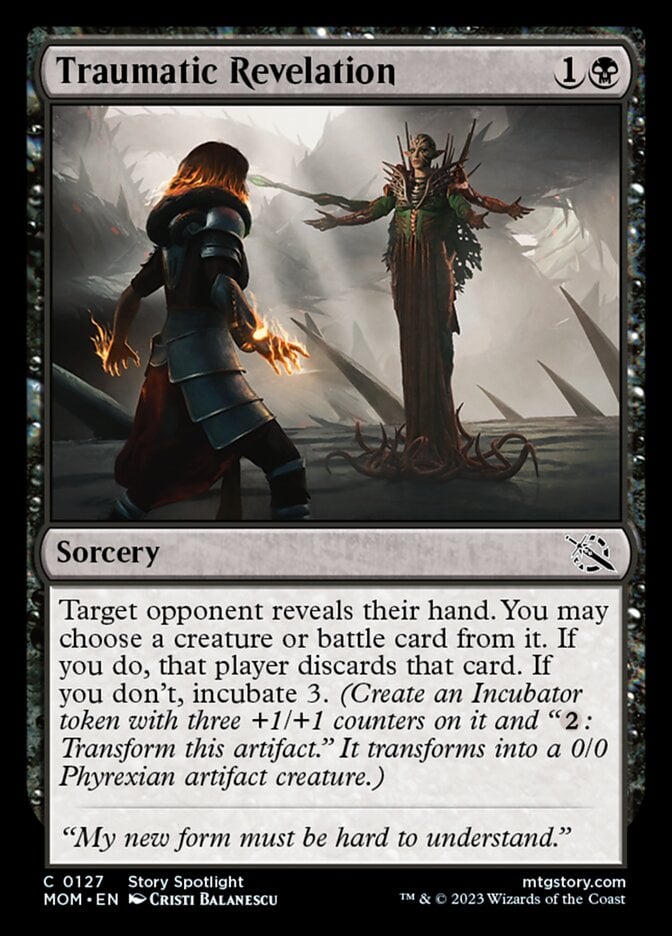
Slightly speculative, but in theory Traumatic Revelation is a Castigate / Hill Giant split card that lets you pick whichever mode is more useful. Given the set’s mix of mega bombs and focus on early board presence, this seems like a great card to open a game with.
#3. Corrupted Conviction

Village Rites is back and plays well with cards like Nezumi Informant and Furnace Reins. Corrupted Conviction is a great value card as well as incentive to play fodder.
#2. Nezumi Informant

Convoke and sacrifice themes increase the value of random 1/1s like Nezumi Informant, so I expect it to solid similar to how Virus Beetle was.
#1. Deadly Derision
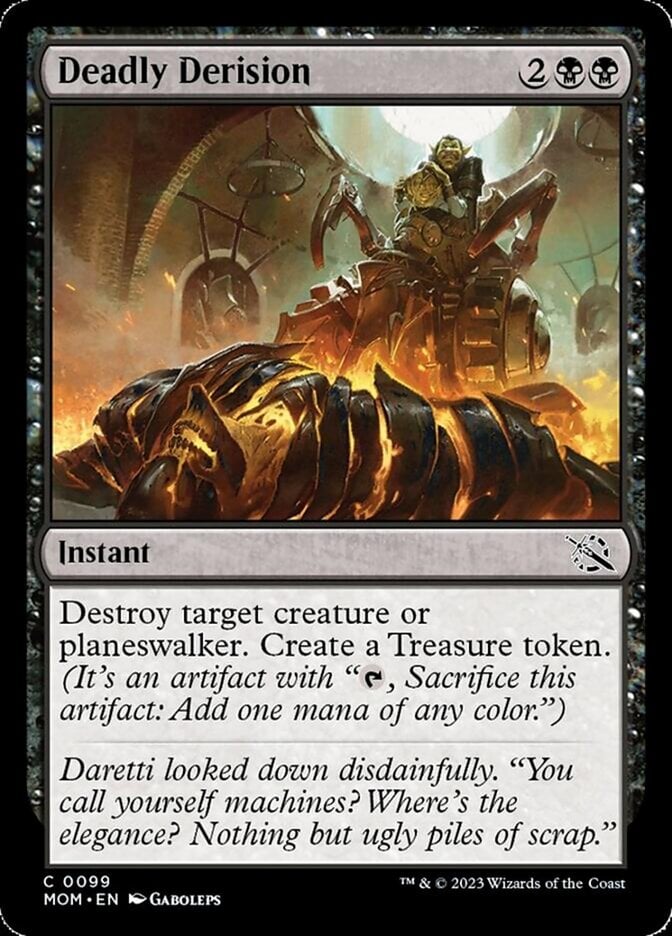
Grim Bounty was great, so it seems a no brainer to me that making it an instant in a bomb-heavy, colorful set makes Deadly Derision a slam dunk.
Red
Red is an aggressive color that touches a diverse mix of themes like convoke, sacrifice, battles, and backup. The likely key to success in red is lining up its micro synergies with whatever your deck’s larger gameplan is.
My picks for its top four commons are:
#4. Shatter the Source
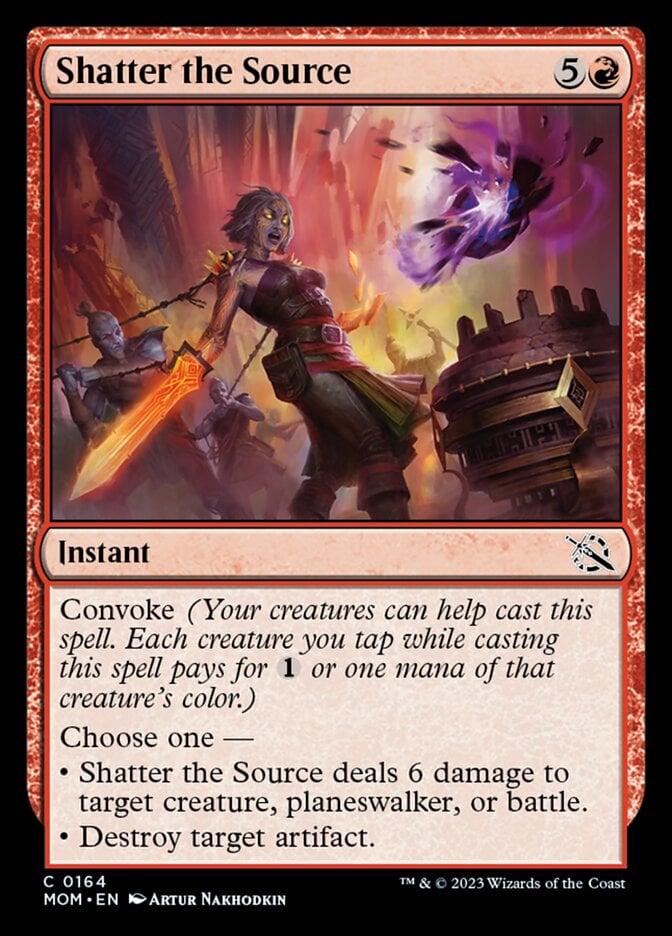
Volcanic Spite is a no brainer as Fire Prophecy was excellent, great rate removal, and free filtering.
#3. Furnace Host Charger

In a low curve, proactive deck, Wrenn's Resolveis highly efficient card draw.
#2. Wrenn’s Resolve
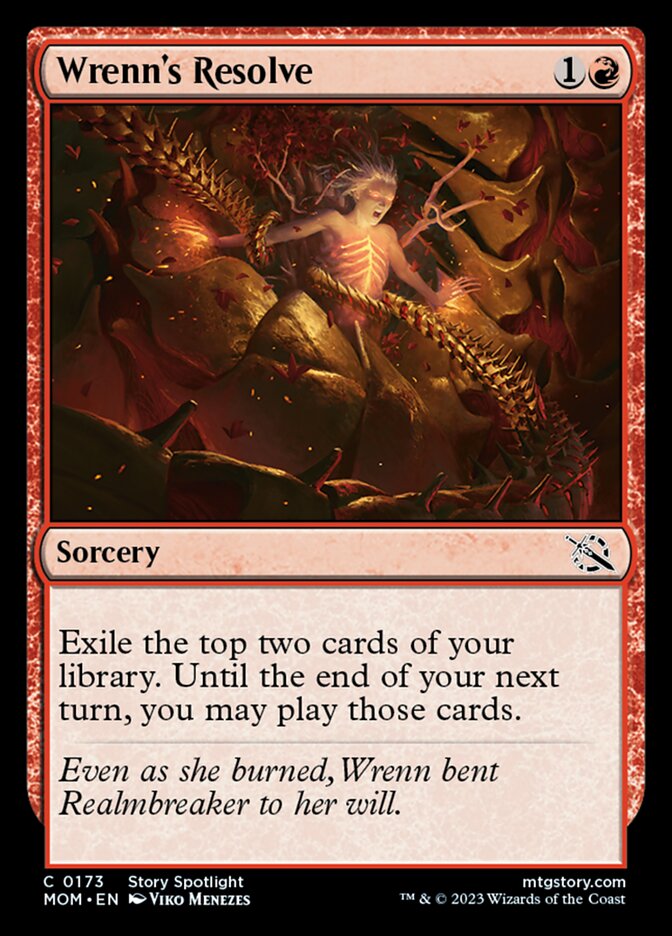
The rate on Furnace Host Charge is solid enough that I’d consider it without cycling, so like Alabaster Host Intercessor, this impresses.
#1. Volcanic Spite
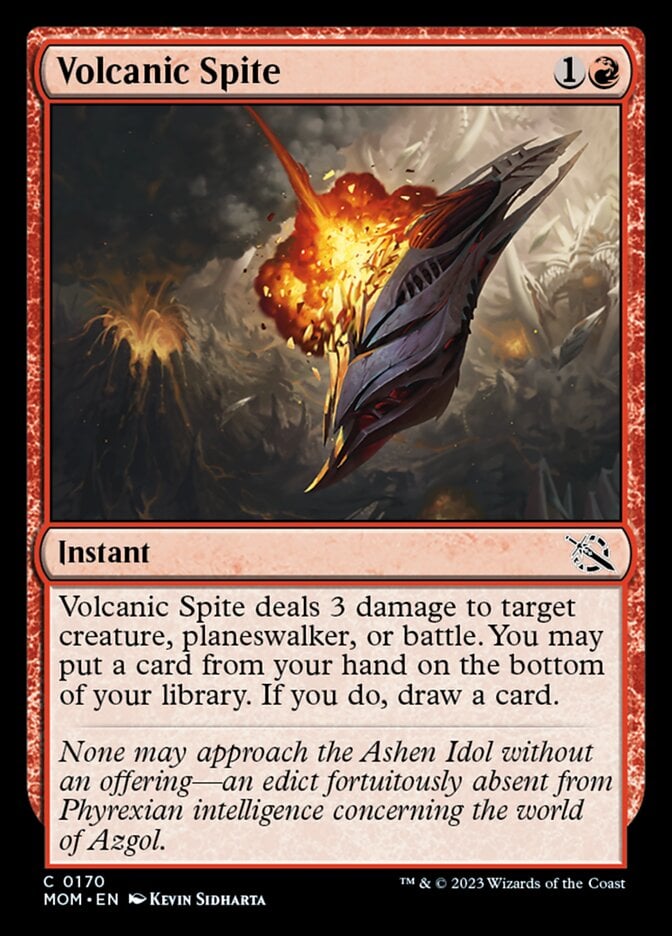
Shatter the Source is clunky removal that can be subsidized with creatures, best in a deck with cards like Ral's Reinforcements, but always good for a copy regardless.
Green
Green is a midrange color with mana fixing, mana ramp, large creatures, and limited interaction. It also has a couple cards like Chomping Kavu that play best in aggro decks. Green is (as per usual) the best base color for a 3- to 5-color greed pile.
My picks for its top four commons are:
#4. Wildwood Escort
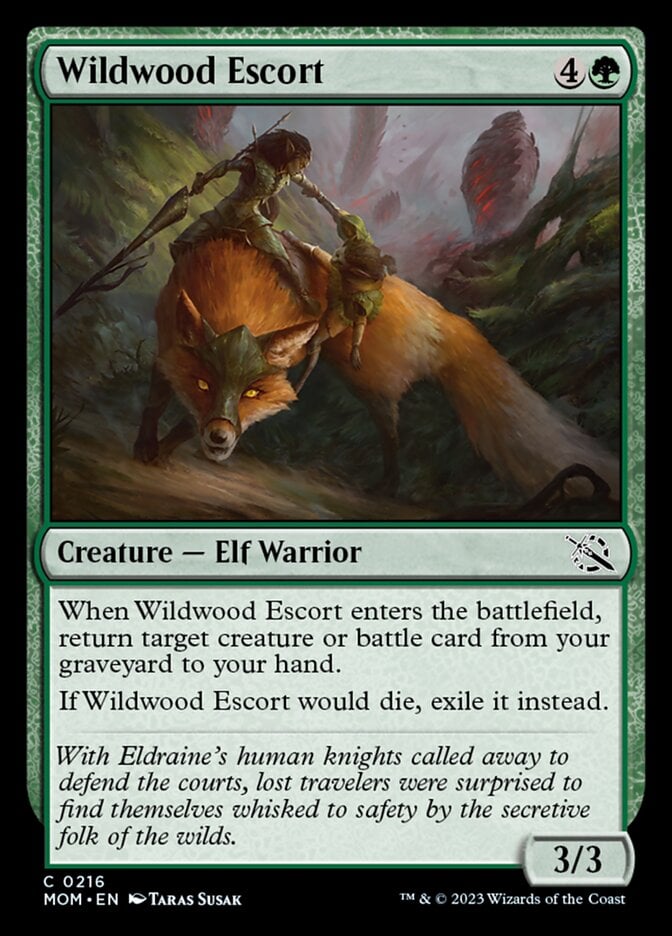
Wildwood Escort is a solid rate value creature that plays best with land cyclers like Alabaster Host Intercessor and Timberland Ancient.
#3. Portent Tracker
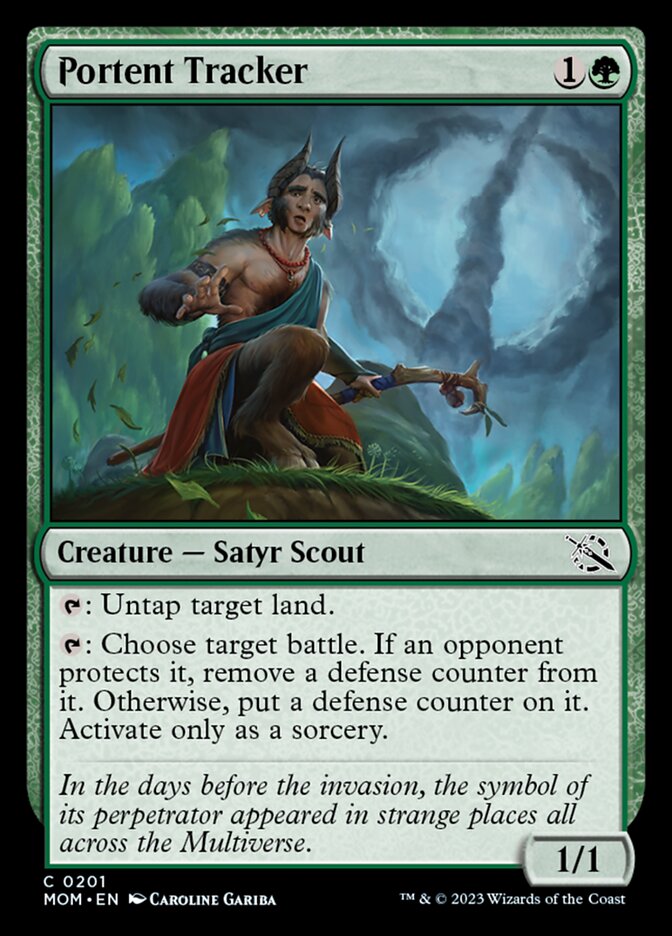
Mana dorks seem good in this set, and Portent Tracker even has extra utility for protecting or defeating battles.
#2. Cosmic Hunger

Instant-speed Rapid Bite is better than what green usually gets, and Incubate tokens should make setting Cosmic Hunger up a little easier.
#1. Overgrown Pest
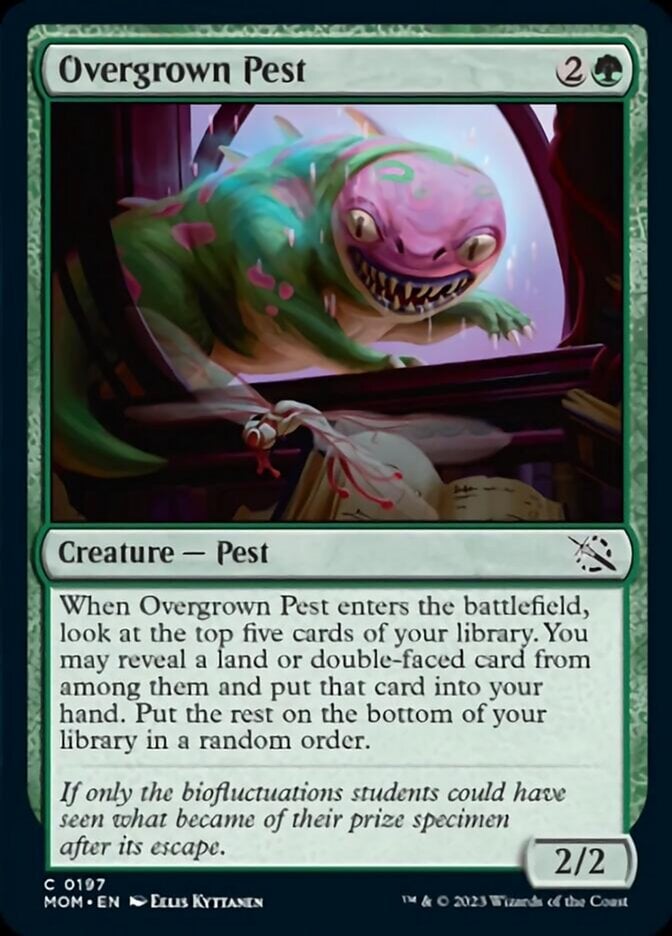
Overgrown Pest isn’t quite Contagious Vorrac, but it’s close enough for me!
Mana Fixing
MOM has a very strong amount of mana fixing in it. This means you should be ambitious when splashing removal spells and bombs that aren’t two pips off color.
Just at common, you have:
- Blighted Burgeoning
- Fertilid's Favor
- Overgrown Pest
- 5 common land cyclers
- Skittering Surveyor
- Flywheel Racer
- Urn of Godfire
- 10 common dual lands that enter tapped and gain one life
Of these I like Blighted Burgeoning, Overgrown Pest, Skittering Surveyor, and the lands the best. Flywheel Racer seems best in a deck focused on 1/1s and convoke.
Urn of Godfire is the worst of these options, though it does offer a bit of role compression (clunky fixing and clunky unconditional removal).
Prince vs. Pauper
One concept developed by the Limited MTG community to evaluate formats is to describe it as a “prince” or a “pauper” format.
If you’re not familiar with the terminology, a prince format is dominated by higher rarity cards with a flat power level at common and uncommon and a lot of unbeatable bomb rares. Cards like The Eternal Wanderer, White Sun's Twilight, Thrun, Breaker of Silence, etc. By contrast, a pauper format is dominated by commons thanks to synergy, aggression, or common and efficient answers to large threats.
So how does MOM measure on this scale? Well, it’s most definitely on the princely side of things! Powerful and splashy rares like Boon-Bringer Valkyrie, Sunfall, Kogla and Yidaro, Inga and Esika, etc. are just all over the place.
By contrast, most of the commons feel fairly flat in power level, and the mechanics and themes of this set are well spread out across colors. It’s thus easy to imagine gameplay where fielding and answering premium cards becomes of the utmost importance!
Bomb Rares
Like I said, this set has an incredible number of bombs in it. Most of its rares also just seem to be good in general; non-bomb rares like Deeproot Wayfinder and Into the Fire are still cards I’d be happy to open. And you also must not forget that packs have more rares in them than average too.
Here’s a non-exhaustive list of crazy good rares (30 of them!) to open in Sealed or P1P1 in Draft:
- Elesh Norn / The Argent Etchings
- Invasion of Innistrad / Deluge of the Dead
- Sheoldred / The True Scriptures
- Chandra, Hope's Beacon
- Vorinclex / The Grand Evolution
- Invasion of New Phyrexia / Teferi Akosa of Zhalfir
- Kroxa and Kunoros
- Borborygmos and Fblthp
- Zurgo and Ojutai
- Sword of Once and Future
- Boon-Bringer Valkyrie
- Sunfall
- Chrome Host Seedshark
- Archpriest of Shadows
- Ayara, Widow of the Realm / Ayara, Furnace Queen
- Hoarding Broodlord
- Invasion of Fiora / Marchesa, Resolute Monarch
- Etali, Primal Conqueror / Etali, Primal Sickness
- Ancient Imperiosaur
- Doomskar Warrior
- Polukranos Reborn / Polukranos, Engine of Ruin
- Hidetsugu and Kairi
- Rankle and Torbran
- Kogla and Yidaro
- Ghalta and Mavren
- Invasion of Tolvada / The Broken Sky
- Glissa, Herald of Predation
- Quintorius, Loremaster
- Inga and Esika
- Omnath, Locus of All
Junk Rares
Here I’ll cover the handful of rares that are either rarely going to be playable, or are just 100% unplayable. I find it remarkable how few of those there really are; almost every rare ranges from decent to busted.
The five I’d usually avoid are:
- Complete the Circuit isn’t completely useless, but only the spiciest Izzet convoke decks need apply since it requires both significant convoke setup and several instants/sorceries to follow it up. Seems like a tall order!
- for an instant/sorcery tutor like Invasion of Arcavios is too expensive, Invocation of the Founders is hard to flip, and the set lacks a critical mass of instants and sorceries for it.
- Transcendent Message isn’t unplayable, but definitely unwieldy to the point where only the most convoke-friendly decks should apply.
- Tapping out for City on Fire could work out, but the substantial setup and risk associated with it fills me with doubt.
- Realmbreaker, the Invasion Tree is neat for being the only targeted mill card in the set, as the others mill “each player.” But the number of mana/time this takes to generate value or win the game just doesn’t seem efficient enough.
2-Color Archetypes
While these will be covered in more detail in my next Draft guide, I wanted to give you a comfy introduction to the set’s 2-color archetypes. These are great for aligning your Sealed deck, figuring out which filler to play, and reading signals in Draft.
One thing to note about the 2-color archetypes in this set is that there are two signposts uncommons for each archetype (one battle and one creature).
Azorius Knights
Invasion of Xerex and Marshal of Zhalfir are Azorius’ () signposts, and they represent a tempo strategy focused on knights. Knight payoffs aren’t especially prominent (Swordsworn Cavalier, Protocol Knight, Zhalfirin Lancer) but there are a fair number of playable knights.
Developing a board presence and then using bounce spells and removal to push damage seems like Azorius’ main gameplan.
Dimir Graveyard
Dimir’s () two signposts are Halo Forager and Invasion of Amonkhet, both of which play off the graveyard. This is one of the better decks to make use of “each player mills” cards like Tenured Oilcaster and Unseal the Necropolis. Unseal the Necropolis is especially important for its synergy with Halo Forager and Halo-Charged Skaab.
Expect your Dimir decks to be grindy and heavy on removal and incremental advantage rather than overly synergistic or aggressive.
Rakdos Sacrifice
Rakdos () has a sacrifice strategy embodied in Stormclaw Rager and Invasion of Azgol. There’s nothing about Invasion of Azgol’s front side that demands sacrifice though, so instead Rakdos gets much of its synergy from simple combinations like Corrupted Conviction and fodder.
There’s one Act of Treason in this set (Furnace Reins), which you should take highly here.
Gruul Battles
Rampaging Geoderm and Invasion of Ergamon showcase Gruul’s () focus on fielding and winning battles. While all colors in this set can and will use battles, Gruul’s schtick is that it has an easier time doing so.
I’m not sure exactly how many battles you’ll want in Gruul since you need to balance them with a creature count high enough to complete them consistently.
Selesnya Counters
Botanical Brawler and Invasion of Moag show off Selesnya’s +1/+1 counter theme. Botanical Brawler can be triggered in a number of ways, with two of the simplest methods being to play cards with incubate or backup. Selesnya is thus a flexible, aggressive strategy with a high emphasis on board presence and synergy.
This deck is the most likely candidate to play narrow backup cards like Enduring Bondwarden.
Orzhov Phyrexians
Sculpted Perfection and Invasion of New Capenna bolster a tribal strategy based around Phyrexians. There are a fair number of Phyrexian creatures in this set, which can of course be supplemented by Incubator tokens. Your non-Phyrexian cards should be removal spells and efficient fodder like Nezumi Informant since Orzhov () is fairly good at leveraging sac value.
Izzet Convoke

Joyful Stormsculptor is Izzet’s main signpost uncommon and shows off that it means business when it comes to convoke. Of all the color pairs, Izzet is the one that wants to go the most all-in on this mechanic. This means support cards like Ral's Reinforcements will be in high demand here.
Notably, I didn’t mention Invasion of Kaladesh as a signpost, and that’s because it’s a weird card. Nothing in Izzet’s basic gameplan overlaps with Invasion of Kaladesh’s requested artifact focus. While the set does have some decent artifacts (particularly Skittering Surveyor), there are almost no other incentives to build a deck around them.
Golgari Incubate
Elvish Vatkeeper and Invasion of Lorwyn highlight a big, grindy strategy that wants to win on the ground with large Incubator tokens. Because incubate is such a common mechanic in this set, Golgari has strong overlap with Selesnya counters, Simic transform, and Orzhov Phyrexians.
This also isn’t the fastest deck, so I’d imagine it’ll often splash other colors.
Boros Backup
Mirror-Shield Hoplite and Invasion of Kylem are here to help Boros do what it does best, namely attack. Mirror-Shield Hoplite is a focused payoff for backup cards, so it encourages you to be base white.
Boros wants to come out of the gates fast and hard, and if there’s any color pair that might just decline to attack battles, it’s this one. There’s always a serious case for just taking your opponent from 20 to 0!
Simic Transformers
Our final archetype is showcased by Mutagen Connoisseur and Invasion of Pyrulea, and seeks to transform cards for fun and profit.
One of the most important things to remember about Simic is that Incubator tokens are an easy source of transformation. You can supplement these with battles and double-faced creatures like Bonded Herdbeast and Order of the Mirror. Because the DFCs cost Phyrexian mana to flip (and usually work as curve filler regardless), Simic’s payoffs encourage you to play as many of them as it can.
Practical Sealed Advice
- Open your pool and sort your cards by rarity/color.
- Note your bomb rares, multicolor cards, removal spells, and fixing. You’ll have more rares than normal and lots of options, so pay close attention to multicolor as a starting point.
- Assess which of your colors is the deepest after removing weak cards.
- Try to group your cards by function and microsynergies (i.e., backup pile, incubate payoffs, transform payoffs, etc.) The 2-color archetypes are vital to get extra value out of your filler in this set.
- Start laying out builds that play as many of your good cards, bombs, etc. as possible.
- You should have some fixing, so don’t be afraid to reach into other colors to identify bombs and removal spells that you want to play. The best commons to splash are removal spells, and the best rares are swingy single pip spells that don’t need to be cast early on to be good.
- Iterate your deck over and over, trying to strike the perfect balance between mana curve, card advantage, bombs, removal, etc.
- Settle on a final product, and battle it out!
- And finally, don’t forget that you can use our Sealed pool generator to practice the set.
Wrap Up
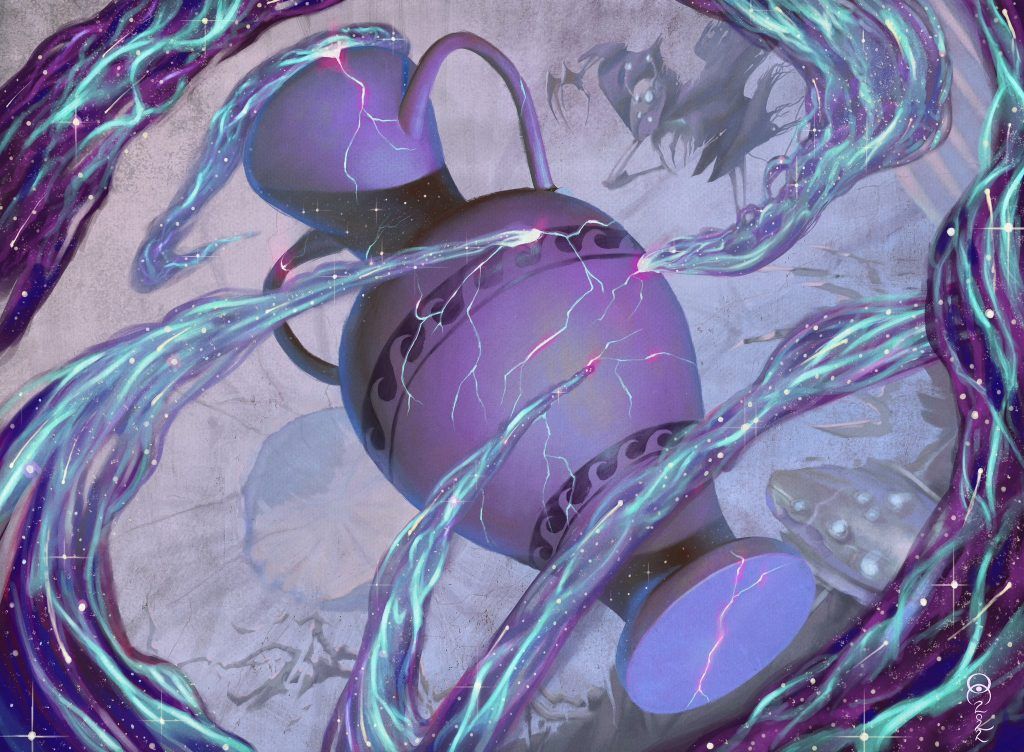
Urn of Godfire | Illustration by Ovidio Cartagena
And with that, we’re done! I definitely wanted to write more, but I have gaps in my speculation that I feel I can only fill with hard knowledge… the kind of knowledge I’ll get from prereleasing!
I wish you the best of luck with your MOM Drafts, and sincerely look forward to writing the Draft sequel to this guide as soon as I can. How did you fare in the MOM prerelease? Let me know in the comments below, or join the discussion over in the Draftsim Discord.
Until next time, may all of your packs have two rares in them!
Follow Draftsim for awesome articles and set updates:
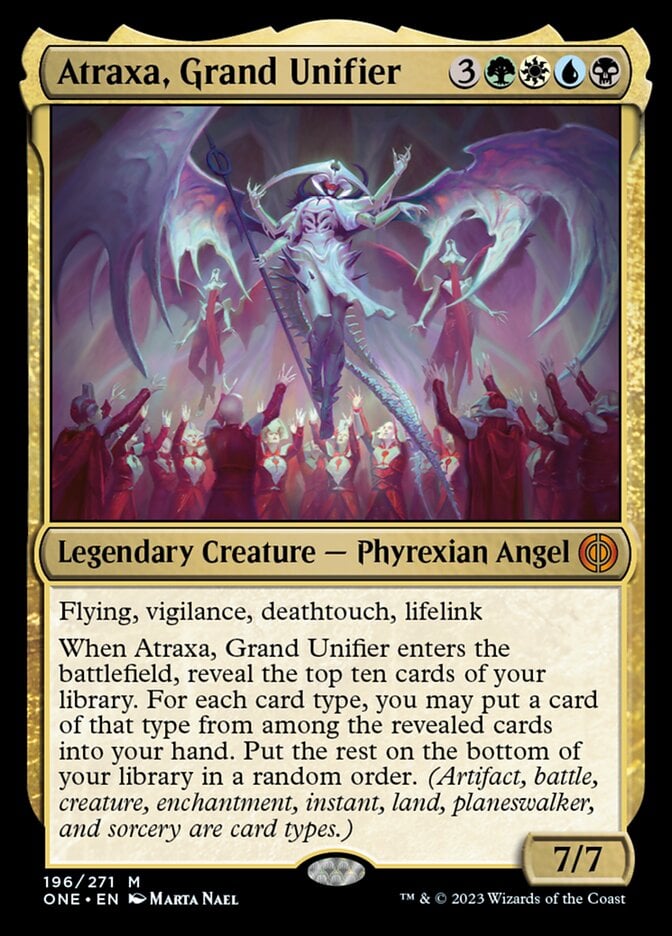
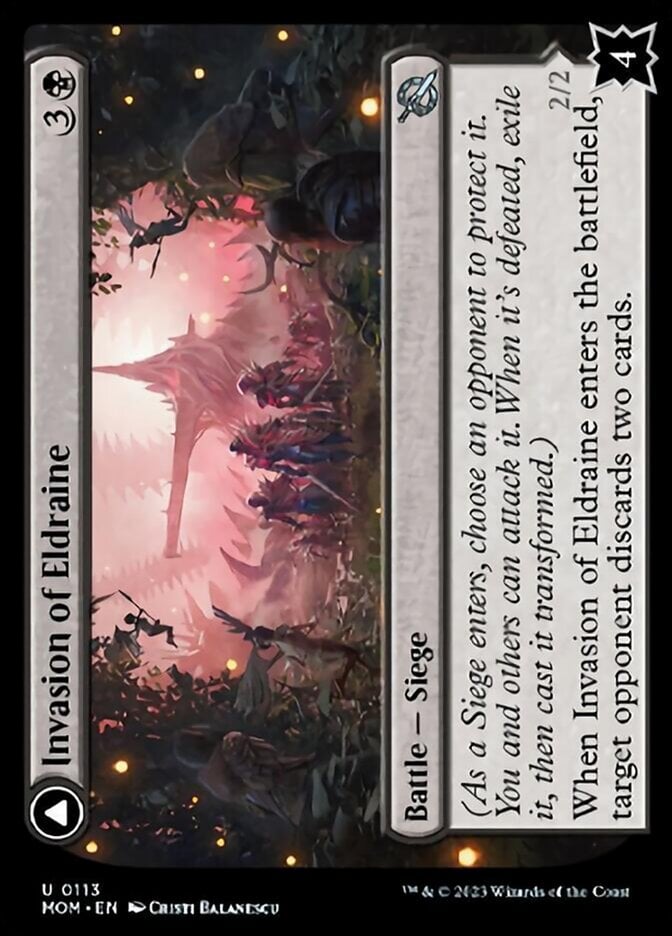

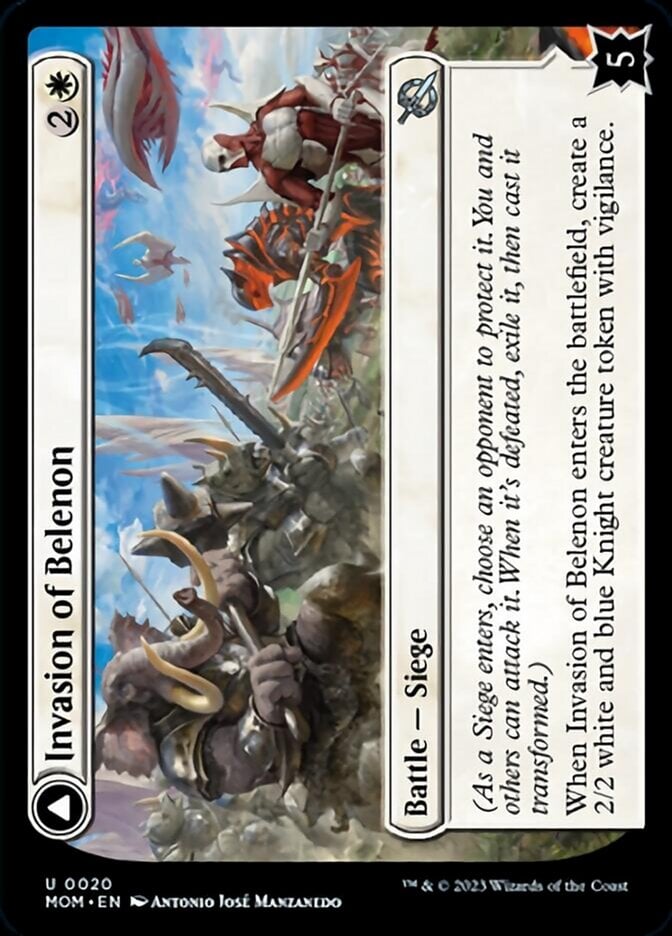


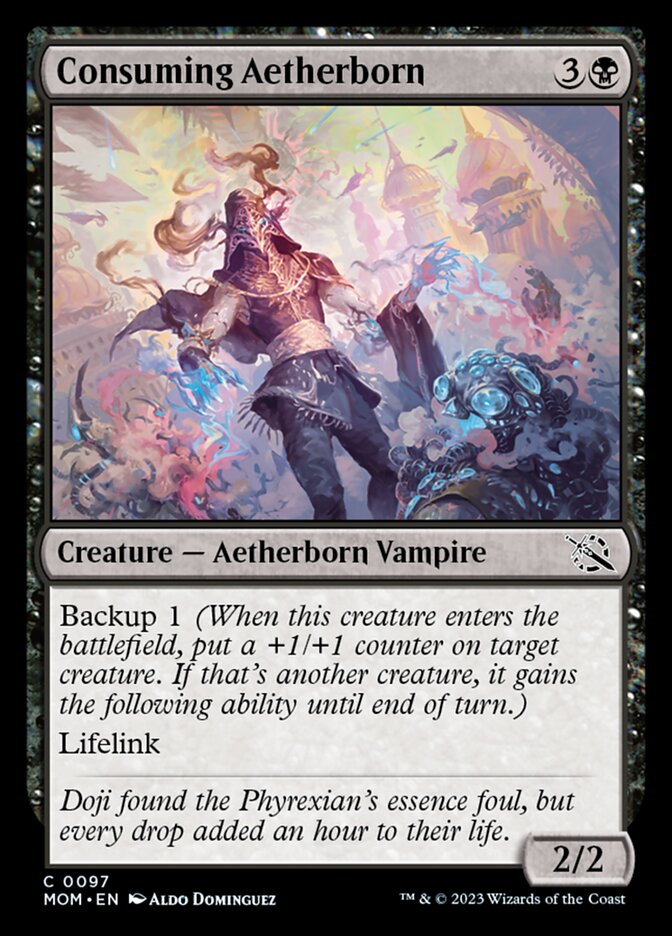
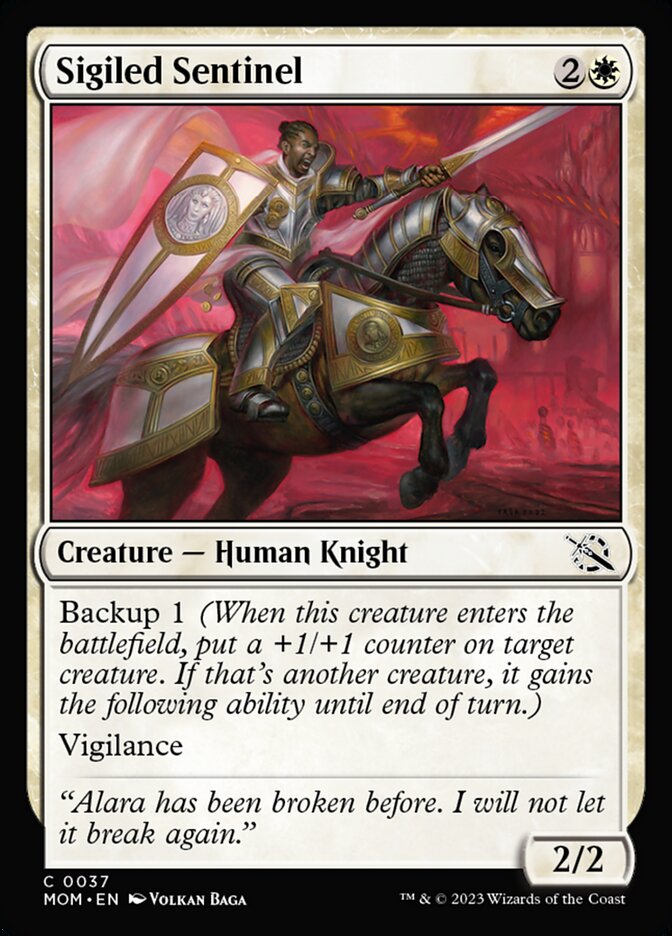
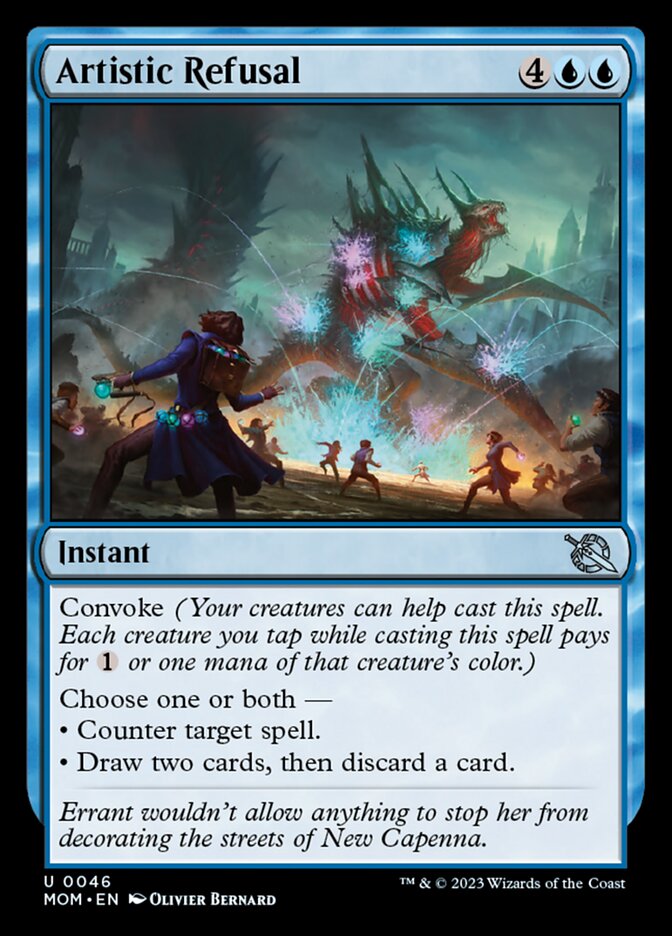

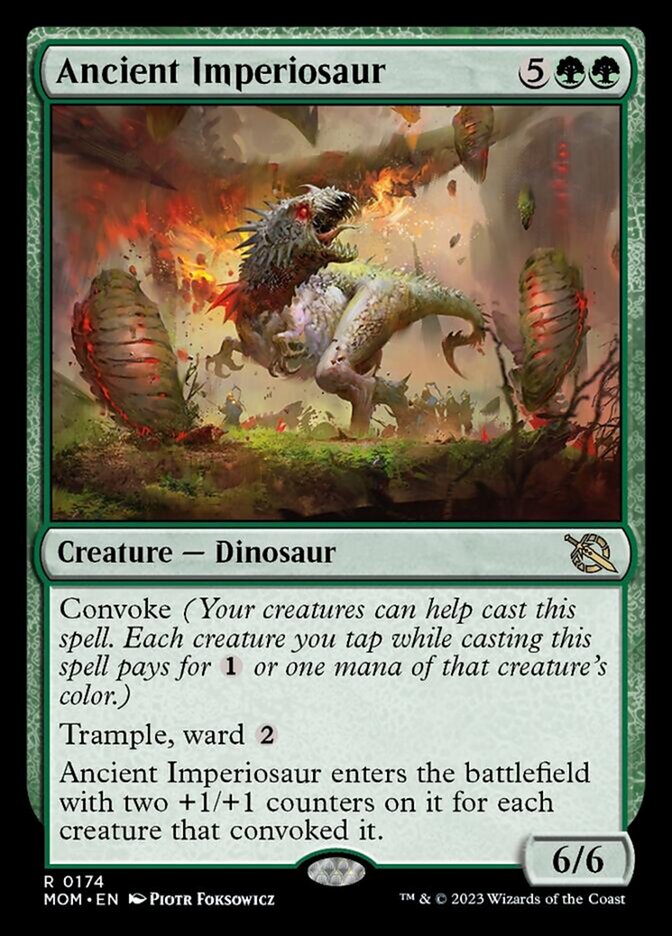

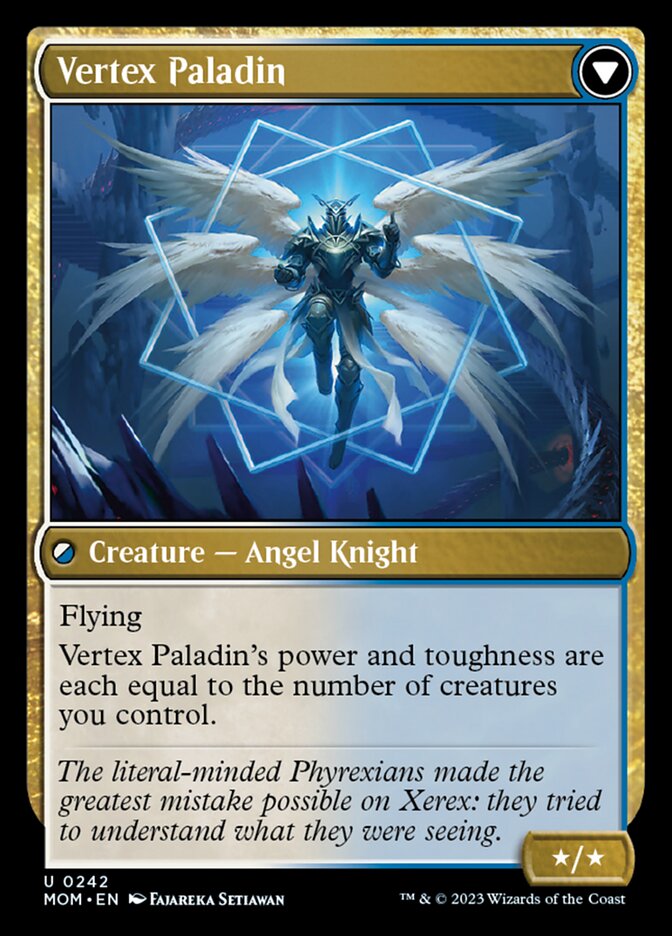
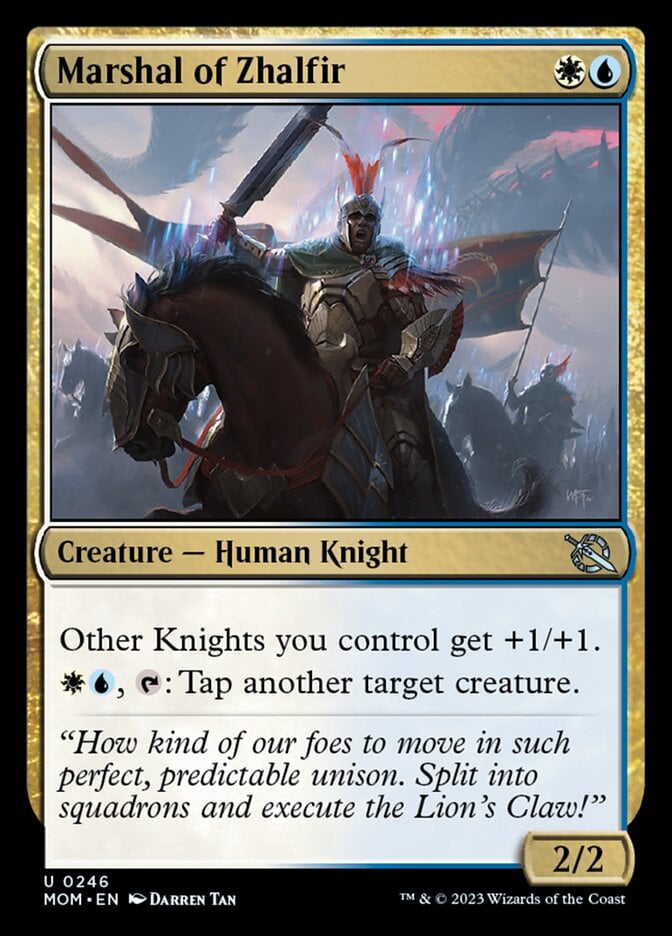
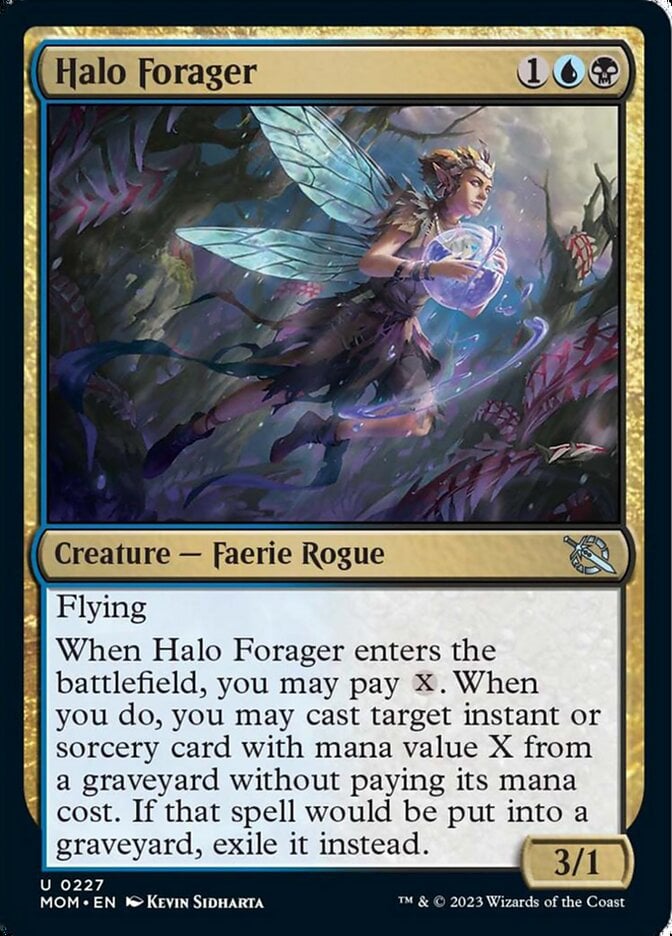
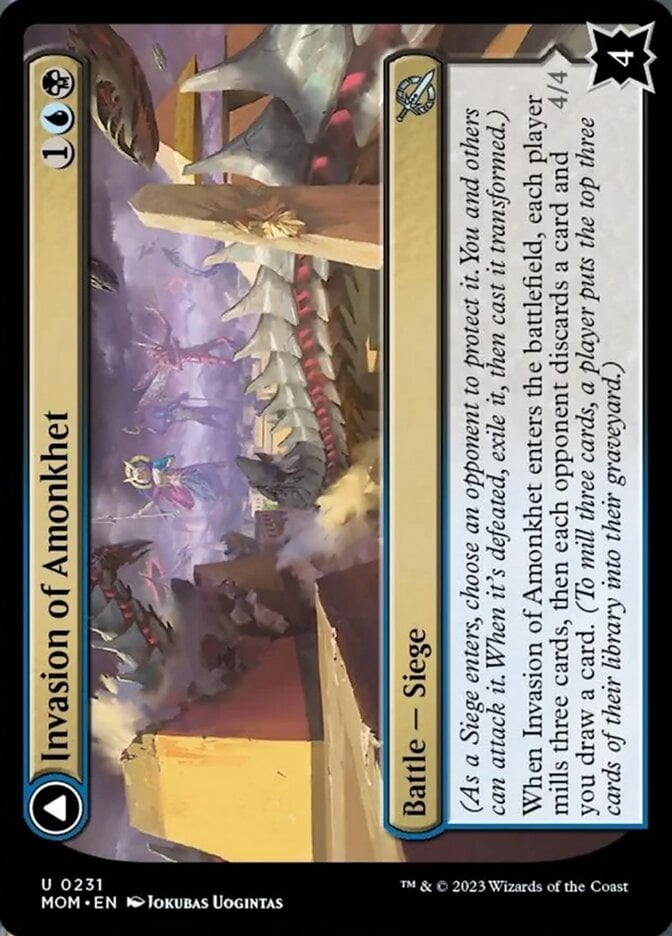


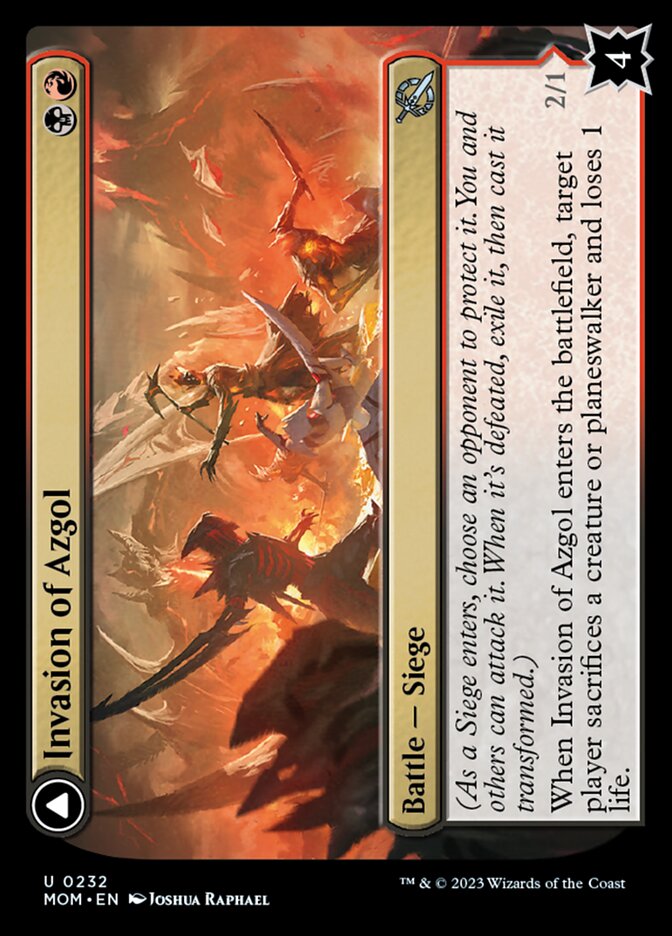


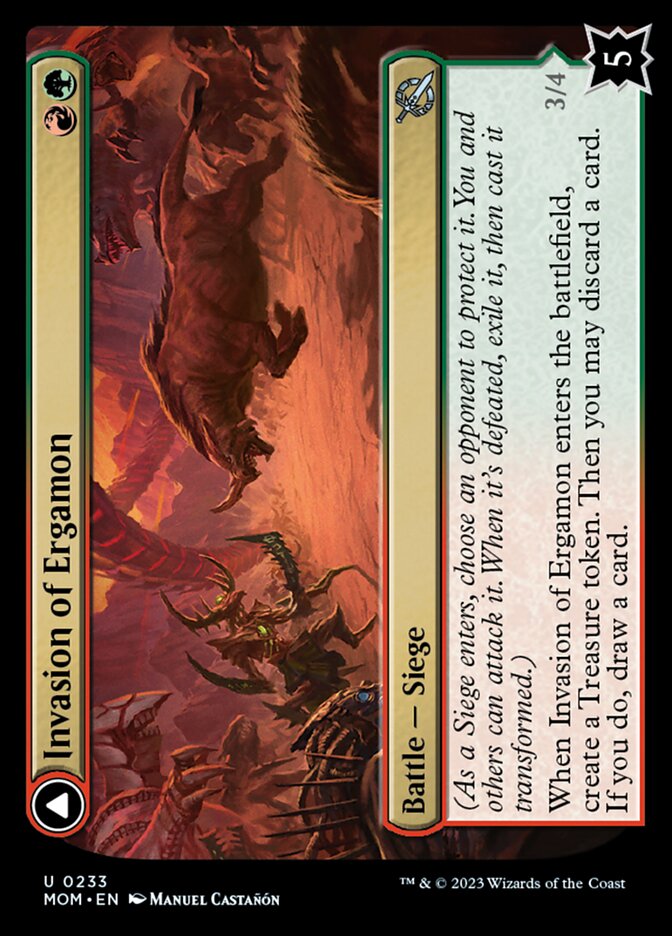

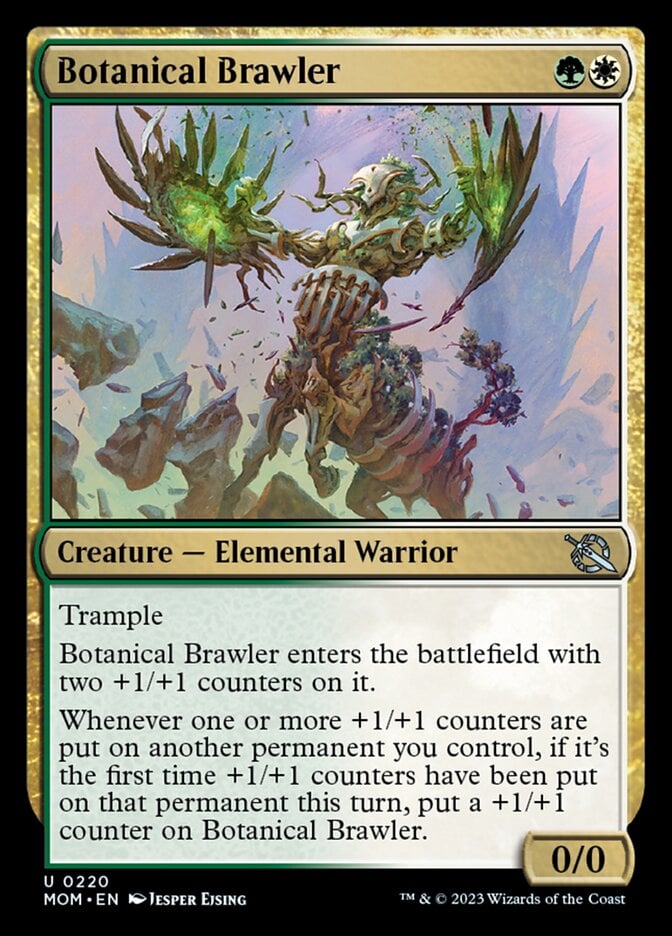
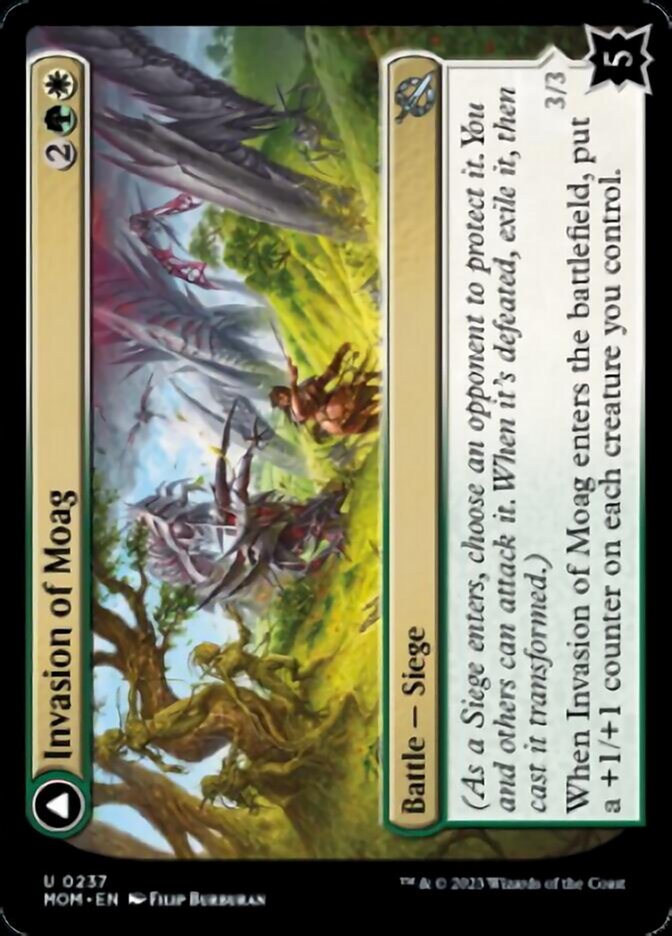

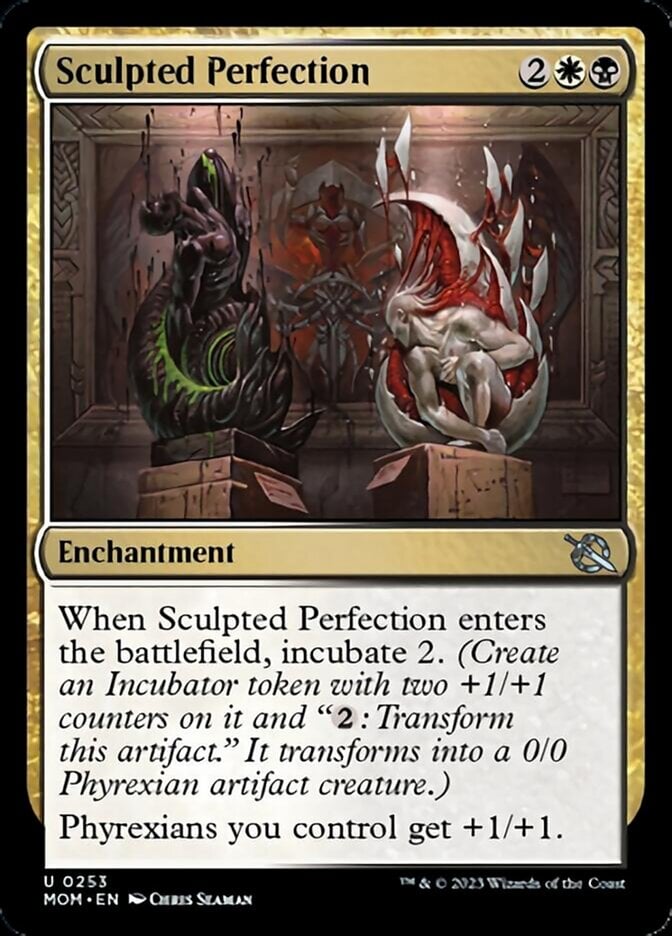
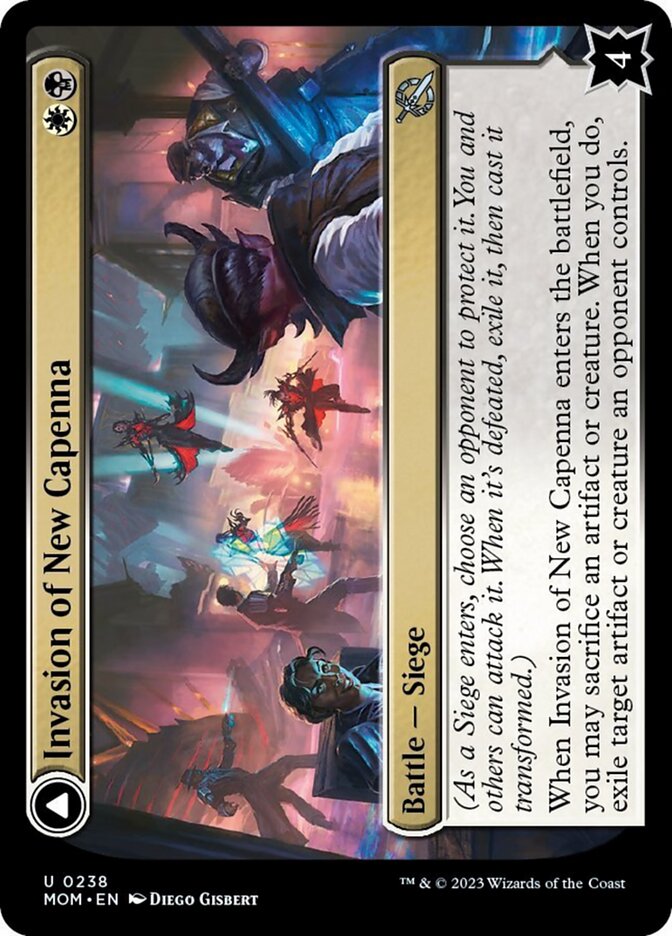

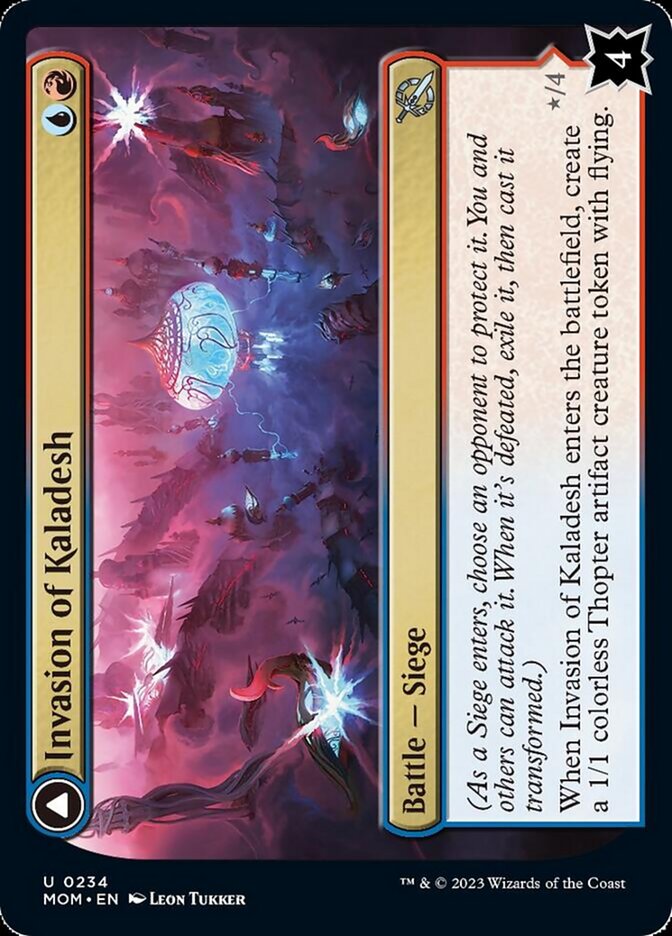

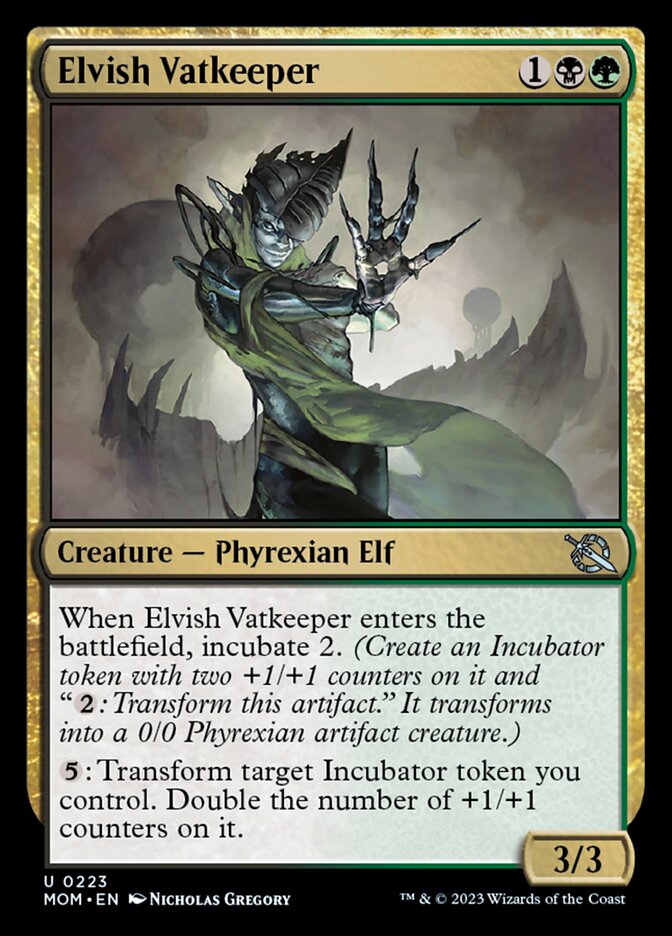


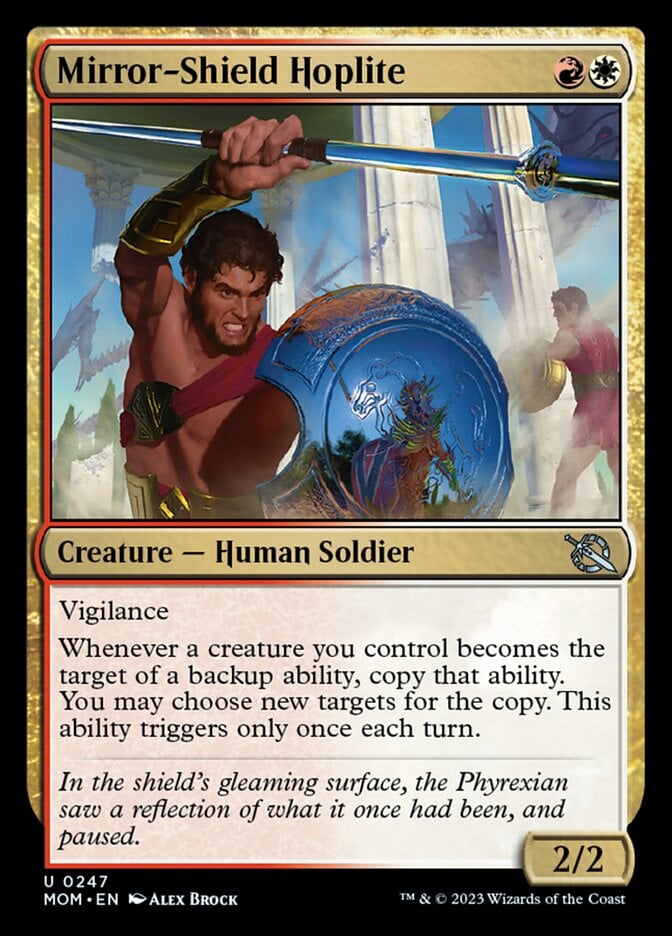
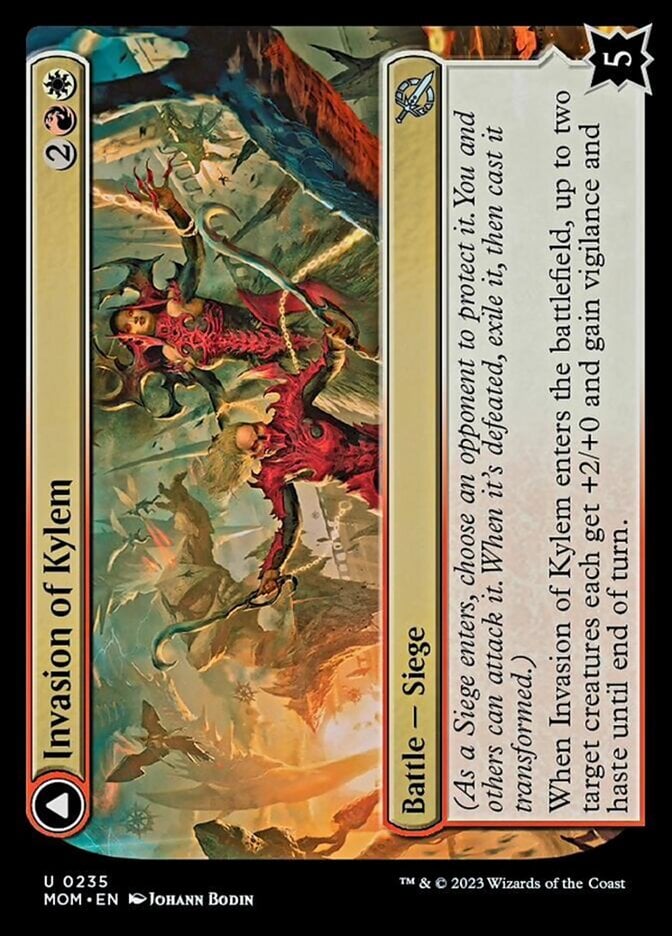

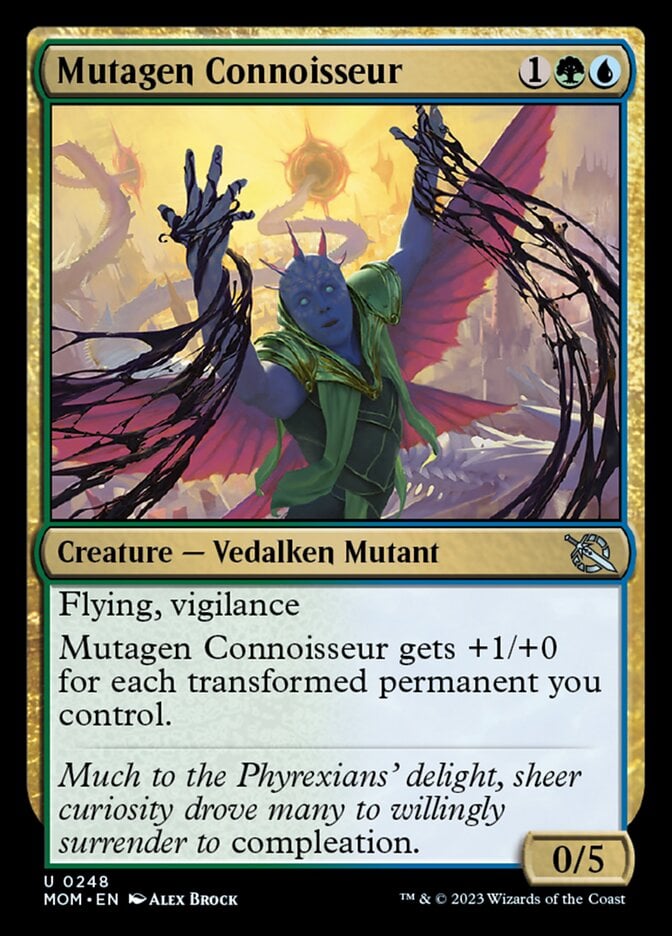
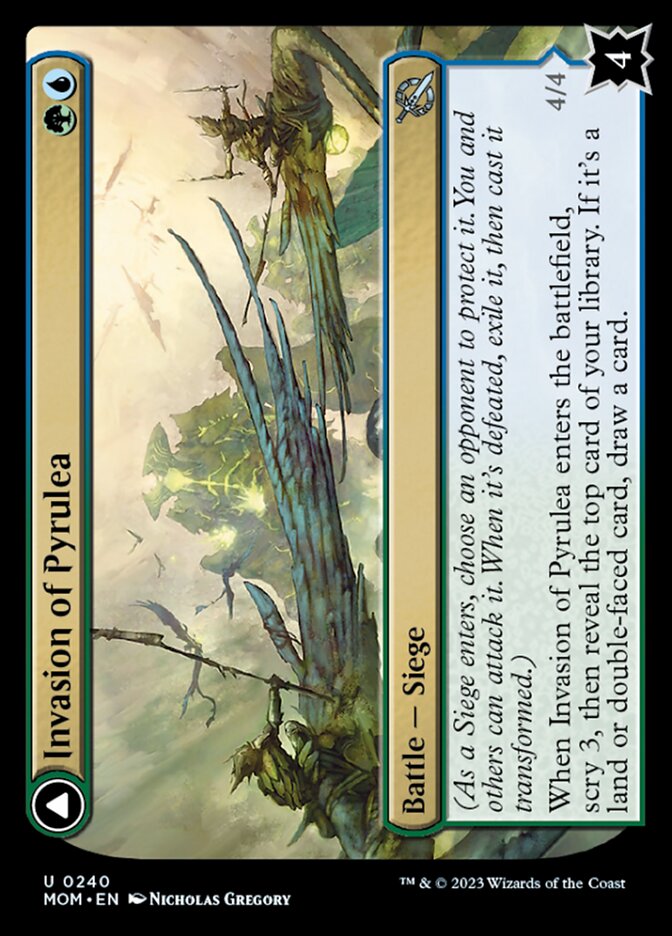

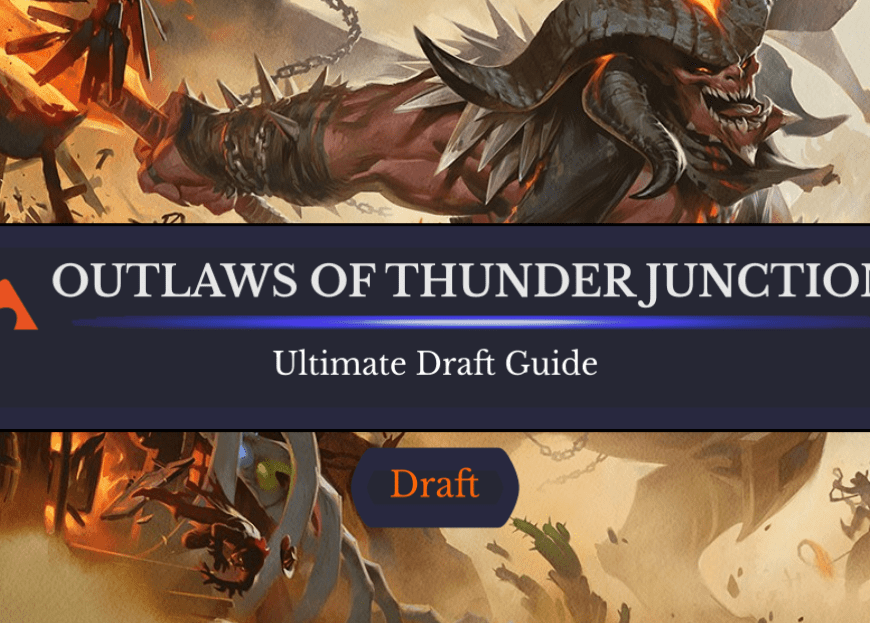
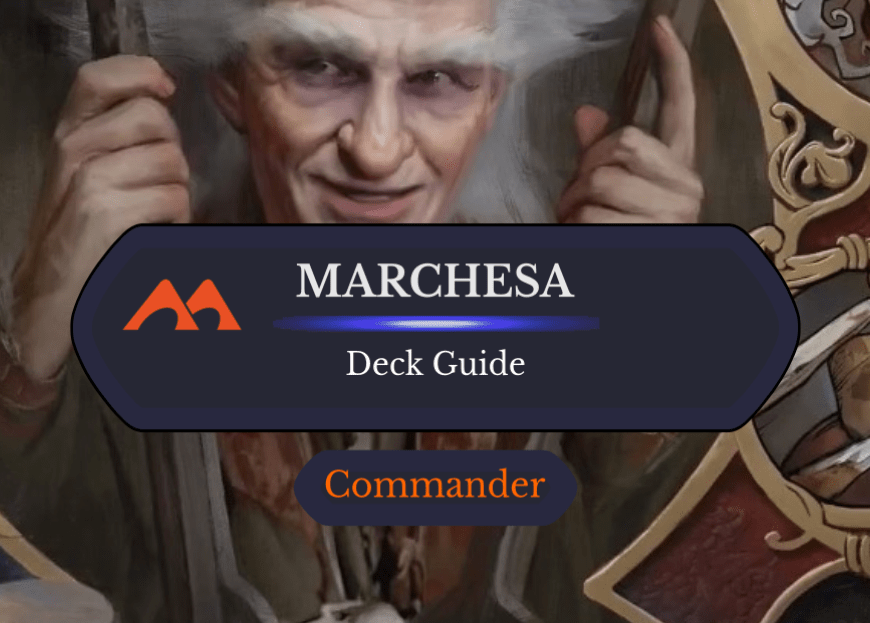
Add Comment